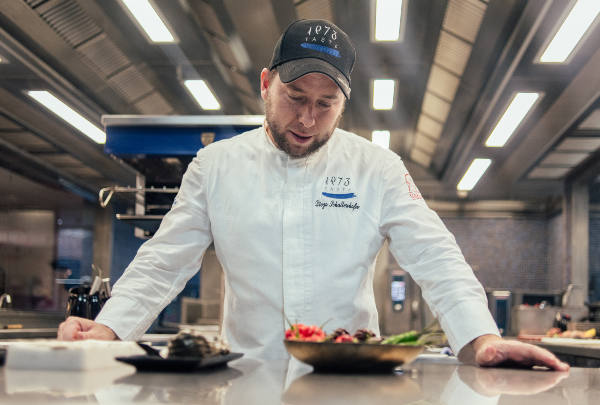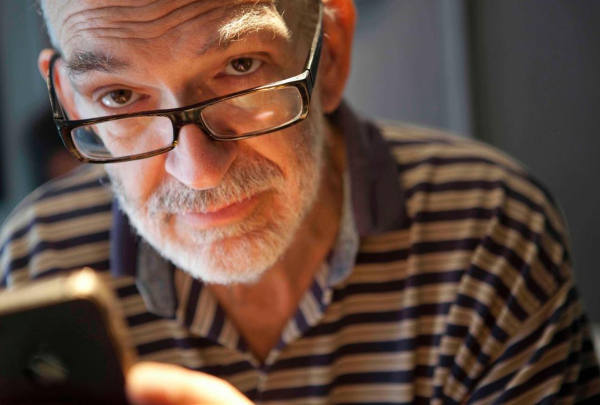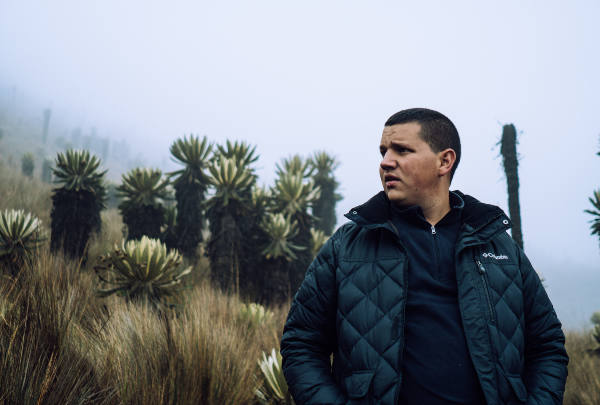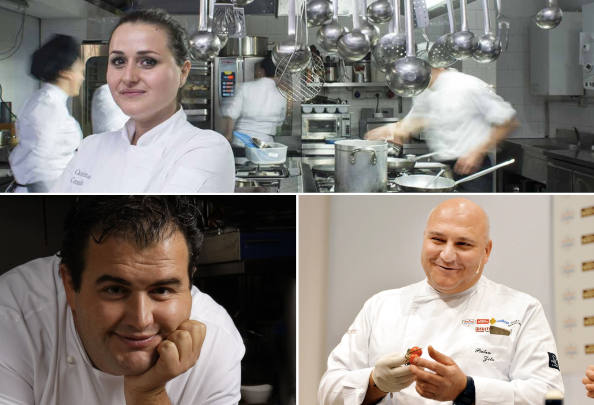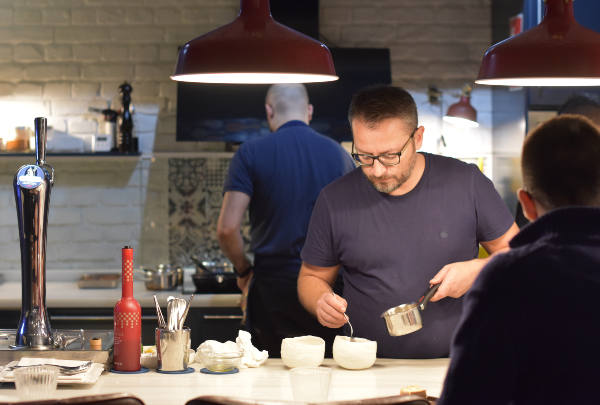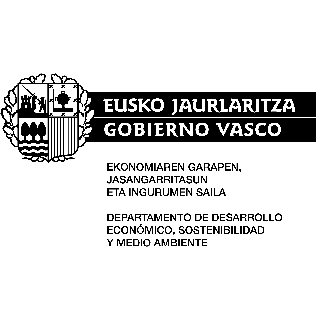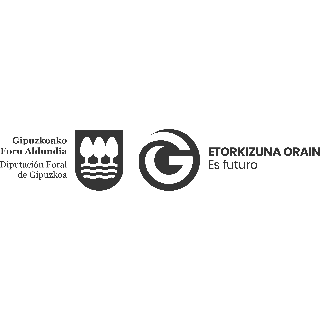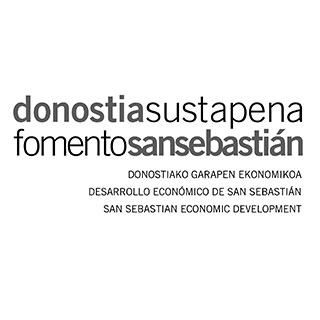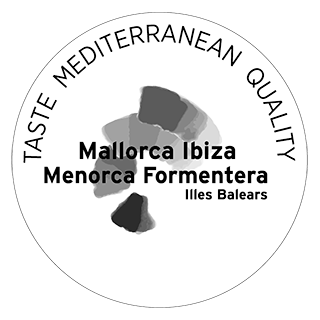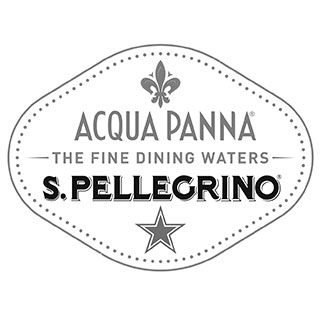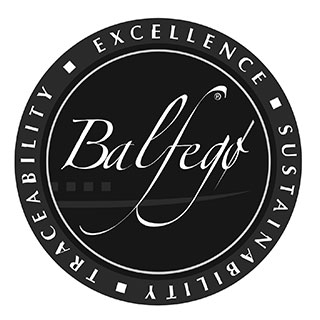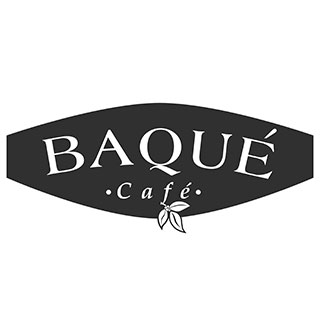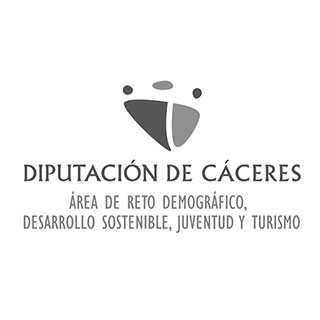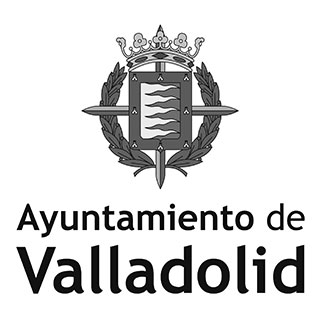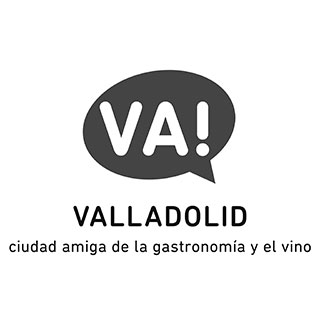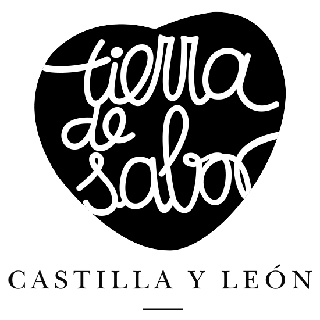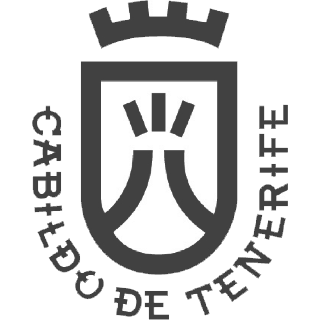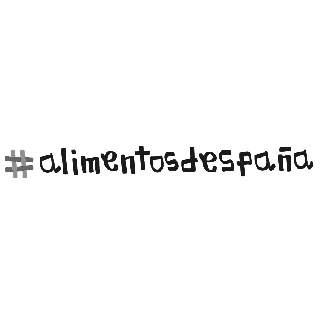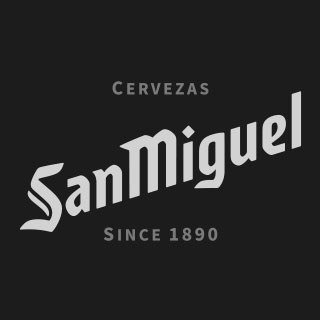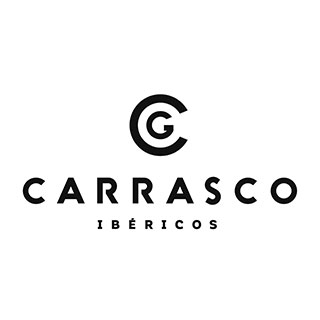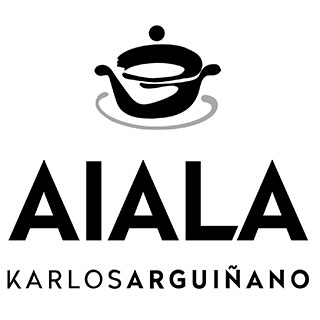Interview
Maura de Caldas: “When Colombia stops being ashamed of its heritage, its gastronomy will triumph”
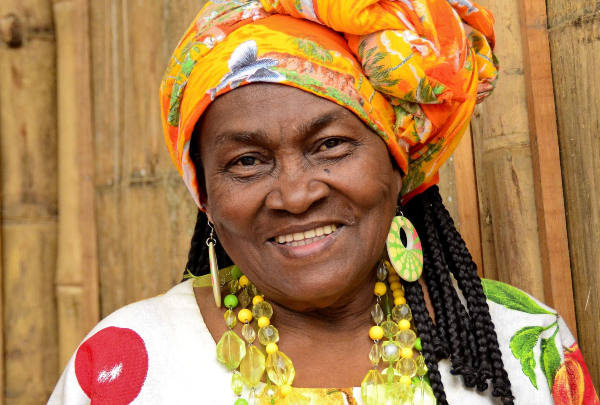
A great international defender of the cuisine of the South Pacific, in Colombia, and its native products, Maura de Caldas is its great ambassador and a figurehead in Latin America. Without turning her back on progress, she advocates defending the simple, the essential, the ancestral and tradition. She will be at San Sebastian Gastronomika to pass on her wisdom to us, which is a lot.
You are considered a figurehead and ambassador of cuisine from the South Pacific, particularly from Cali. Could you tell us about this type of cuisine?
The Pacific is divided into four departments: Chocó, Valle del Cauca, Cauca and Nariño. I represent the departments of Nariño, Cauca and Valle del Cauca, which are in the south.
It is food that has African and indigenous ancestry because we have dishes that were already being prepared by the indigenous people before the Europeans arrived in the colonisation of the region. So we have indigenous dishes, dishes with African heritage and dishes with European heritage. For example, carne serrana (salted beef) - which came from the Spanish way of preparing ham - or arroz a la valenciana (Valencian-style paella), which is a rice dish that is eaten at Easter, a Spanish contribution. The rest of the rice dishes that we have are of African and indigenous descent.
Given all this heritage, our gastronomy is very rich. We have not changed what we learned from the Africans, the natives and the Spaniards in any way because we use only ingredients provided by nature. We do not use mustard, black sauce or mayonnaise.... They are not products that we have introduced into our food. Our dishes are native and the most important product is coconut and herbs grown on rooftops and terraces: spring onions (only the green part is used), chillangua (oregano from Cartagena or culantro), black basil (purple stem, green leaves and white and purple flower) and pennyroyal (used to give a good aroma to black pudding)... Those are the most important ones, but we also use mint, Mexican tea... As there were no onions, tomatoes or paprika, we use sweet peppers instead... But the main ingredient is coconut.
I should also mention that what we eat has a medicinal function that was used, above all, when there were no medicines. In the past, medicines were drinkable potions. For example, ‘tomaseca’ (a herbal drink made of more than 40 herbs) was given to women who had just given birth to clean and cure them (as well as getting them to follow a diet in which the only meat they ate was chicken); cumin to get rid of the gas... Nature provides us with everything. It is very healthy food because it does not contain anything that can be inflammatory, which is why it is so different from the rest.
We do not cook with bottled dressings, everything is natural and native.
As for the dishes, some of the most important are:
Buenaventura, Valle del Cauca: ñato stew (ñato is a fish similar to the soft-fleshed catfish); braised ‘piangua‘ (piangua is a mollusc very rich in iron found in the mangroves), shrimp stew…. Many of us eat a small shark called a ‘tollo’ (It is used to make ceviche when it is fresh and we braise it when it is smoked; they are very common in the three departments of the South Pacific.
Tumaco, Nariño: White bica broth; frog meat ‘pusandao ’ (broth), which the Spanish taught us...
In short, our cuisine is based on products from the sea, mountain animals such as rabbits, deer, peccaries, janitor fish... and agricultural products.
For you, cooking is not just sustenance, it is something spiritual... what do you mean by that?
When one eats fish, it calms the spirit, transforms it... In addition, the fishes of my land have inspiring names. For example, we have one fish called a 'señorita', another called a 'doncella', another one called a 'pelada' (“it is a young woman, who is in the prime of her youth; between puberty and being a 'señorita'” she explains) ... So when a man eats a 'pelada', he thinks about what a 'pelada' is...
Moreover, not only do we have dishes and drinks that are only eaten at Easter, but they also have religious names or belong to Pacific folklore and are a bit cheeky... These include ‘arrechera’ (looking for lust), ‘arrechón’, ‘caigamos juntos’ (let's fall down together), ‘tumba catre’ (cot grave), ‘parapicha’ (looking for dick), ‘levantamuertos’ (raise the dead)… that attract our attention. For example, ‘parapicha’ is made from a liana that the natives used to increase their virility.
The word ‘arrechera’ has several meanings. For example, a woman is 'arrecha' if she is very well dressed, but it is also said when she wants a man or when she is very wild... Older people used it to refer to a person who was jumpy, distracted, crazy, playful... not only that she liked men... that's why we didn't give it a bad name. When I started in Cali (she was born in Guapi), I started talking about 'arrechera' and people said to me “why are you so vulgar, why are you so rude? …” When I started doing shows on TelePacífico, about thirty years ago or more, people said "there goes the parapicha, there goes the arrecha.. .", like the name of my dishes (her restaurant Los Secretos del Mar served dishes with these names). We also use 'bejuco', which is a herb that gets muddled up to refer to a man who is angry and we say that he has 'bamboozled ' himself... Our words are very spiritual.
As you can see, the dishes have spirituality. So when you try a stew or one of the other dishes, your spirits are lifted. I never cook if there is no music, if I am not dancing... my cooking is a complete blast . Everyone who comes to my restaurant when I'm cooking comes in dancing...
What will you be preparing for the San Sebastian Gastronomika congress?
The programme we will do for Spain will have music and all the nuances of how women cook on the Pacific coast. There will be a marimba (known as the piano of the forest), bongos, a cununo drum, guasá (a form of maracas)… Sadly the programme is virtual and you will not be able to taste the delicacies we will prepare.
In one of your interviews, you said that traditions and ancestral recipes are being lost, a situation that could apply to almost any point on the globe. Is this the price of progress or are we facing a gradual loss of identity brought about by globalisation?
I believe that the world has to evolve. I am sympathetic to tradition, but we cannot rely on standing still, the world has to move on. And when, in the city, they use a fish and prepare it in another way, that is evolution. But we older people cannot let ourselves be corrupted because if we use modern products, we will not know how to use them properly, we will make a mess. So I think that those of us who have learned native skills should stay with native skills and serve our native dishes, so that when people try them they will notice the difference. Young people can innovate, because evolution is good. If the world does not evolve, it stays as it is.
I came to the city, to Cali, from Guapi and I lived there in one way and in another way in Cali and I had to adapt because I wanted to progress. I do not want to live like they did in my village, with no electricity or drinking water... but as for the cuisine, I will offer you what I learned. If you come from Spain and tell me that you want to get to know the cuisine of the Pacific, I can't give you a fusion dish, or French, or Spanish... Those of us who have learned native gastronomy should offer native gastronomy and let the young people do the fusion dishes.
On the other hand, fusions are now emerging and to make them you have to see what food combines best with other food. However, some of the fusions developed are embarrassing because what is mixed has nothing to do with each other and they reject each other.
In many places, it seems to be a matter of reviving that look at the past. Do you think that the arrival of the Covid has been an intensifier of that movement? Does this represent a return to the essential, to our origins?
Yes, I think so because there was no time to think about it. The world was moving too fast. So much so that technology overwhelms you, because today you buy a mobile phone and the mobile phone takes over your life... and just when you've learned how to use it, another one comes along.
There is a programme in Italy that is trying to get people to return to the techniques of the past, to make meals more natural because meals, in general, are too heavy, and that shortens people's lives. In the past, people in my land lasted a long time... my grandmother had a grandson, great-grandson, great-great-grandson and great-great-great-grandson and that's how men and women in my land were... but not any more. Now people are killing themselves with meals and each other. The corruption that exists in the world... and I blame it on the fact that people are crazy, that there is a lot of depravity, that they are not in their right mind.
Does the way we eat harm us? Are we eating worse than ever?
Yes. When I was a child, my uncles, the farm workers, ate a lot, but they ate healthily. I remember going to a place called Tapaje, on the Pacific Coast, the only place on the Pacific Coast where they grow beans. People used to eat them, but with coconut. Now you see a lot of products and things that I really don't think are good... For example, fizzy drinks. We only had the popular one and since we were poor, we only bought it once a week and made it last. We also drank ‘agua de panela’ (a sugar cane drink) and ‘tapé’ (tapai) (they didn't give us chocolate because they said it was intoxicating). We had no dressing on the food but now there are loads of sauces, with so many flavours... which makes me think “this must really hit the liver and everything else”.
We put salt, lemon and garlic on fish to fry it. And that’s it. Sometimes we add a bit of sugar, because when the fish comes out of the sea it comes out with a bit of sugar and natural salt, which is lost in the freezing process. So I add salt, sugar, lemon, garlic and stop counting... It's a fish that can't hurt you, unless you're allergic to it.
A few years ago, Peru led a real boom with its cuisine. Will Colombia lead the way next time?
I wish we could, but we have a big problem and our thing is cultural. The backwardness of our gastronomy is cultural because Colombia was ashamed of its dishes, which was not the case in Peru. Peru took its traditional dishes and mixed them with dishes from the East and exploited that.
Our dishes are not mixed because Colombia has eight regions, each with its own cuisine, which is very good. But we started to advertise French, Italian and foreign food. At that time, the great Colombian restaurants did not hire chefs if they did not know how to cook foreign dishes. So the food from Colombia was put aside and poorly prepared foreign food was made. And I say this because, if I go to Spain, for example, for eight days and learn how to make five dishes, I will not have learned it well, because repetition is what makes it perfect. We in the Pacific, on the other hand, said we would not change.
Until chefs become aware and say “I'm going to advertise Colombian food”, we're not going to get anywhere.
At this moment, food in the Pacific has mobilised Colombian cuisine. Now, chefs like to say that they are experts in food from the Pacific and I was the first woman in Colombia and in Cali to bring Pacific cuisine here. People were terrified of it, afraid... firstly because they said that fish and seafood smelled bad and they were afraid that they would smell the same when they ate it; secondly, they commented that they had bones (and they didn't know that seafood has very few, most have a spine and some large bones) and, lastly, they thought that they would get food poisoning if they ate fish. It was my job to raise people's awareness, to educate them. But when people from Cali tasted my dishes, they saw that the seafood was transformed by the coconut and herbs grown on the roof/terrace into something very pleasant to the palate and aromatic. It was the only restaurant in the Pacific that offered Pacific seafood. It began to develop and, after five years, the rest began to open seafood restaurants when they saw that I was doing well and becoming known.
Pacific cuisine has become very strong in Colombia and in Cali. And I have taken it to other countries when I have travelled and enjoyed it.
Colombian food is much better than Peruvian food. It has more variety, it has a lot of flavor because we, the black people, have the flavour in our hands... we spend our time singing, we enter the kitchen with joy, with love, with a sense of humour. For us, the women of the Pacific, it's a party... we love to cook so the food has a sweet, full-flavoured taste that doesn't need a lot of seasoning. When Colombians become aware that Pacific cuisine is the best!
Have your children inherited their mother's culinary wisdom?
I have a daughter who is an architect. She went to study in Madrid and stayed, and although she cooks better than I do, she says she won't end her days cooking. She comes to Colombia and loves it when I cook for her or she calls me from Madrid and asks me how to make a dish or tells me that she has invented one that is delicious... My other daughter is a biologist, a teacher and she likes to eat, but not to cook.
When my children were small, I had no idea that I was a good cook and my children were the ones who made me famous. I liked to take them to restaurants. And one day, when I was a teacher, I took them to an Italian restaurant called La Buena Mesa, which I liked very much. They asked for rice and shrimp and my children were 4, 5 and 6 years old. And as soon as they were served the food, they told the lady “you can't cook, this rice is horrible...” and they didn't want to eat it. I had to make the rice again at home for them and once they tasted it they said “Mummy, go and teach the lady in the restaurant how to cook”. At that time, I thought it was just a children thing, but my husband who didn't eat out, only what I prepared for him, brought his friends to try my dishes and everyone asked me why I didn't set up a restaurant and I listened to them.
And, finally, you have told us about recipes that not only feed the stomach but also the emotions. Have you got one to make people happy or joyful?
For happiness, tranquillity, peace of mind. The tranquillity of doing good and not doing evil, is the best recipe. When you do good and do not harm others, your soul is at ease. When I cook I am very happy. I am very happy with my children, even though one died six years ago and my husband two years ago... and he took half of my life away from me, but I have my other three children left, who also fill me with happiness... Every day I go out into the street and tell God “that no one is going to cry for me, that it should be me who is made to cry because I have the capacity for forgiveness...”
Amen. Quite a life lesson.
.jpg)
